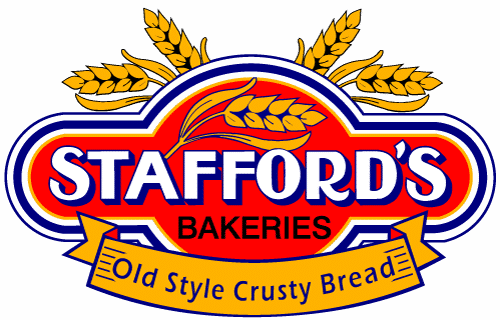What is sourdough?
Rye sourdough is made from a starter dough, originating in a small village in Germany many years ago.
We take our Rye Flour starter and mix it with rye flour and water, (we take away some of this mix as the starter for the next batch)
Our sourdough is then bulk fermented for 16-24 hours before being added to more water and rye flour and bulked fermented for a further 8 hours,
This process gives us a stage 2 fermented rye sourdough, which we then add to wheat flour, salt and a very small quantity of yeast (approx. 0.2%).
Once this is mixed, it is left to rest and develop in the bowl for 90 minutes before it is cut, shaped and hand moulded by our bakers.
These rye sourdough boules are then left to further ferment and develop flavour for 15 hours in a controlled cool temperature, before being floured, cut and baked.
The time given to the long fermentation process of both the original sourdough and the mixed dough gives a unique crust to the bread as well as creating a distinct rounded flavour.
This bread is made using only RYE/WHEAT FLOUR, WATER, SALT, A SMALL AMOUNT OF YEAST and SOURDOUGH- using natural occurring yeasts and bacteria to develop the bread over time. The flour mix in the sourdough bread is 20% Rye Flour and 80% White Flour.
This develops a crusty exterior crust that gives a real bite to the bread, and due to our baking process gives an open and soft crumb
inside, making the bread easier to eat.
Wheat sourdough is made in the exact same process as above, the difference is we use 100% wheat flour and a wheat sourdough starter
What is spelt?
Spelt is a cereal grain in the wheat family, but it is not the same thing as wheat (same genus, different species). The grain has been cultivated for centuries, in both central Europe and the Middle East. It looks very similar to wheat in appearance, but it has a much harder outer shell before it has been milled. It has a nutty and slightly sweet flavour, similar to that of whole wheat flour.
What makes bread crusty?
The crust is formed from the interaction of the high heat of the air inside the oven, and the surface of the dough, where it is drier compared to its interior. Bread dough contains a large quantity of water. … Most of the water has been evaporated from the bread, but some moisture is still retained for softness.
What is the best way to store bread?
Keep bread at room temperature for no more than two days. Room temperature should be around 20ºC / 68ºF. Keep it away from direct sunlight in a cool and dry place, such as in your pantry or in a bread box. If you have high humidity in your house, your bread may mold quickly at room temperature. If that’s the case, you might want to skip straight to freezing it after you’ve eaten as much as you want while it’s fresh
What are the benefits of Brown Bread?
Whole grains can contain a lot of fiber. Fiber is one big reason to eat whole grains. They help digestion, help lower cholesterol, lower blood pressure, and can help control weight, they make you feel full, and help regulate blood sugar.
What is Gluten?
Gluten is a storage protein found in wheat, barley and rye. Gluten can also be found in derivative of wheat, barley and rye gains such as malt and brewer’s yeast. Gluten gives dough its elasticity, acting like glue, giving bread its classic chewy, soft texture.


